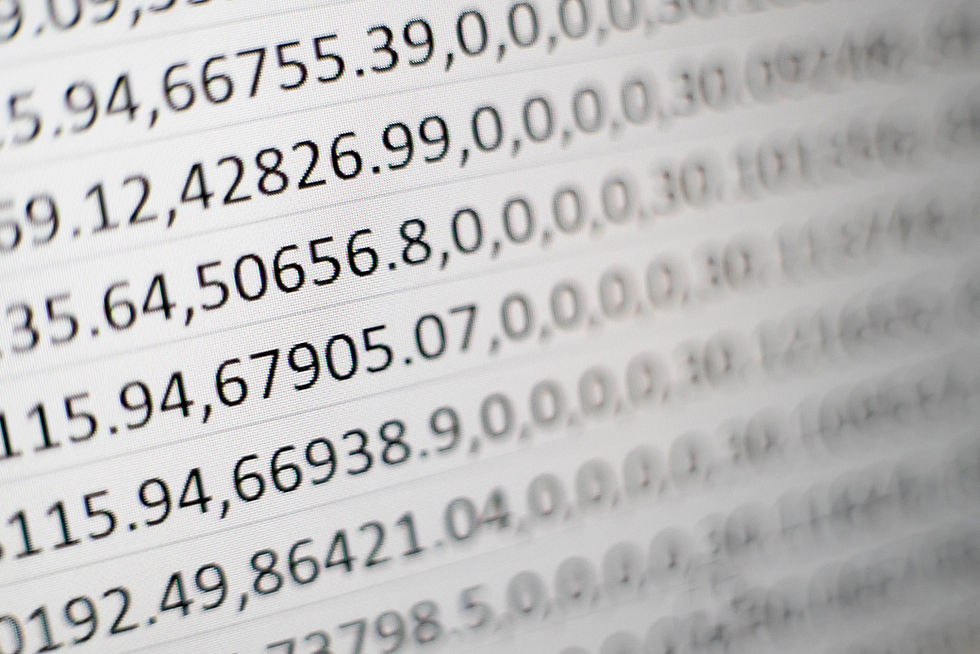A class forecasting method for time series
- Ana Cabrera

- Sep 15, 2023
- 1 min read
Updated: Jun 16

Abstract
A time series is a record of the numerical values of a random variable in chronological order. This information organized in time periods is often used to forecast the value of the random variable in a future period or in a series of future periods. Time series forecasting is used across multiple disciplines from Economics to Public Health mainly seeking forecasting accuracy, sometimes at the cost of the transparency of the method used. This work proposes using contiguous, mutually exclusive classes spanning the range of possible values that the random variable can take at each time period.
This framework allows computing the historical transition frequency from one class to another even in cases where the time periods are not adjacent to each other. Subsequently, these frequencies are used to build an index to identify the most likely class (or classes) for the forecasted period. The resulting method is transparent, and it outperforms the moving average and the simple exponential smoothing methods in a comparative study of 21 time series. Applications to other time series involving COVID19 and author citations are presented for illustration purposes.
To read the full paper, check out this document.




Comments